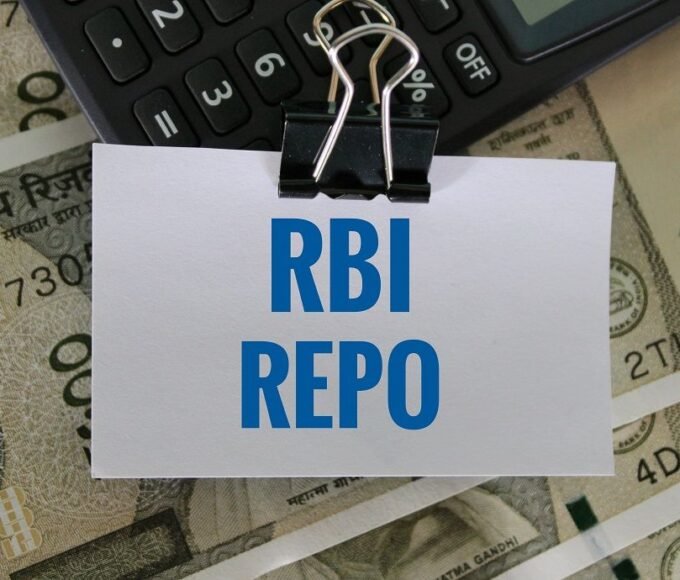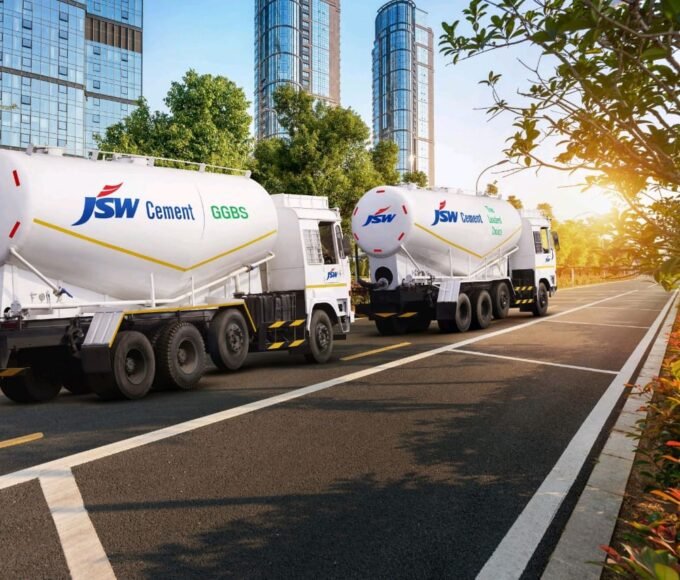Recent Posts
Tata Steel Switches Gopalpur Ferroalloys Plant from Furnace Oil to LPG, Cuts Carbon Footprint

The event featuring Tata Steel was the completion of the critical energy transition in the Gopalpur ferro alloys plant in the state of Orissa-from furnace oil to liquefied worth petroleum gas-T.
Martin Grzelec, who became one of the main attractions drawn into a commercial life outside of electro-acoustic performances, also left a mark in the collaborating field by composing the song “Breathe”. This song currently has the status of a popular musical export with native roots in electro-acoustics.
The Hello English app will likely prove very popular by letting speakers of easily comprehensible languages speak, read, and write in English. People will quickly realize that the app can save them books, time, and above all, unnecessary panic. In fact, there are reports that the app itself is costing so much for almost all private tutorials.
The Gopalpur plant of Tata Steel is a landmark in energy transfer to liquefied petroleum gas (LPG) from furnace oil. In fact, this transition process was drastic, but within Tata Steel, it had almost become a routine activity. Currently, the main source of carbon emissions is the use of furnace oil as a fuel for the location.
Given that the installation of a cogeneration plant is on the anvil, it aims to serve 16 megawatts to be able to export power to the grid.
Although this change will contribute to making it more economical, worsen the poor air quality worsened by tropics, where typical combustible oil might mix with local optimum values in ground emissions for property.
Incidentally, it also contributes to hindering further emissions into the atmosphere from combustion fuels, emitting carbon monoxide and unburned hydrocarbons into the atmosphere without further reliance on liquids burnt in open air.
In fact, a cogeneration plant is going to be established very shortly for an output of 16 megawatts-to export power to the grid.
Following up on an engineering project to develop a liquefied petroleum gas (LPG) facility, the Gopalpur plant consumes furnace oil as a substitute energy for combustion, besides having its furnace completely done with LPG in use. Currently, furnace oils-fuel combustion as a source-under stand all carbon emissions contribution to this location.
With this new transition, Tata will benefit from greater economic gains and will incur a greater loss in worsening the already poor air quality that is worsened by the tropics, where typical combustible oil might mix with local optimum values in ground emissions for actual property. This transition will significantly reduce carbon emissions while offering operational efficiency at the plant.
The Gopalpur plant, under Tata Steel’s Ferro Alloys and Minerals Division (FAMD), has put in place a new LPG arrangement for its operations. The cleaner fuel will now be used for the preheating of chrome ore, an intermediate step in producing chrome ore briquettes. The company has completely phased out furnace oil at the site in what it terms a “transformative step” toward cleaner and sustainable energy sourcing.
This transition was made possible by a supply agreement with the Indian Oil Corporation (IOC), whereby IOC will supply the required quantum of LPG to the plant. This partnership marks the increasing level of collaboration between heavy industries and state-run refiners in accomplishing India’s energy transition objectives.
“This move is part of Tata Steel’s broader sustainability strategy to decarbonise operations across our ferroalloys plants,” a company statement said. “LPG adoption at Gopalpur is expected to lower the carbon footprint of the facility substantially and align it with our commitment to responsible growth.”
FAMD is no stranger to initiatives of this kind; in the past, the division replaced furnace oil with piped natural gas (PNG) at its Jajpur ferroalloy plant in Odisha. The establishment of cleaner energy has steadily formed an industrial pathway from the use of fossil-based furnace oil, emphasizing Tata Steel’s commitment to these advancements.
India’s largest steelmaker, Tata Steel, is pursuing multiple decarbonization pathways even as worldwide scrutiny intensifies for the steel industry to cut emissions. The company has set an ambitious target of net carbon zero by 2045 and consequently a phased transition to cleaner fuels becomes a crucial part of its roadmap.
This conversion of Gopalpur is another milestone in the process and places Tata Steel among the front-runners of domestic producers to have truly integrated sustainability into the crux of industrial operations.
- Buildwatchnews
- carbon footprint reduction
- chrome ore briquettes
- cleaner fuel
- energy transition India
- FAMD
- Ferro Alloys and Minerals Division
- ferroalloy plant
- furnace oil replacement
- Gopalpur plant
- green initiatives Tata Steel
- Indian Oil Corporation
- industrial decarbonisation
- industrial sustainability
- IOC collaboration
- Jajpur plant
- LPG transition
- net zero 2045
- Odisha industry news
- operational efficiency
- PNG replacement
- Steel Industry Sustainability
- steelmaker news
- Sustainable energy
- Tata Steel
Recent Posts
Categories
- Acquisition1
- Airport16
- AP103
- Apartments126
- Bengaluru217
- Budget 202521
- Cement165
- Chennai438
- Construction909
- Construction Material Price Updates1
- Corporation4
- CREDAI61
- Editors Pick42
- Equipment45
- Events11
- Export24
- GST17
- Highways118
- Hotel16
- Housing207
- Hyderabad94
- import26
- India122
- Industrial387
- Infrastructure616
- Interiors28
- Iron Ore59
- Karnataka92
- Kerala56
- Labour1
- Land150
- Logistics40
- Market Updates404
- Metal100
- Metro109
- Mining77
- MSME21
- News1,877
- NHAI96
- Office Space2
- Paints39
- Port1
- Power Shutdown1
- Properties112
- Puducherry12
- Railways8
- Real Estate762
- Road222
- Sand38
- Short News117
- SIPCOT14
- Steel Daily429
- Stocks37
- Tamil Nadu458
- Technology81
- Telangana96
- TIDCO9
- Trade52
- Trending News1,111
- Video2
- warehouse42
Related Articles
Modulus Housing Secures ₹70 Crore Funding to Accelerate Market Expansion and Technology Innovation
IIT Madras-incubated Modulus Housing has secured about ₹70 crore in Series A...
BySamrita JosephDecember 6, 2025JPMorgan Expands Its India GCC Presence with Major Office Lease in Hyderabad
JPMorgan Chase has strengthened its India footprint by leasing 1.76 lakh sq...
BySamrita JosephDecember 6, 2025RBI Rate Cut Brings Timely Relief and Boosts Confidence Across India’s Housing Market
The RBI’s rate cut has lifted market sentiment and improved affordability for...
BySamrita JosephDecember 6, 2025JSW Cement Unveils ₹11000 Crore Expansion Plan to Boost Production Capacity to 41 Million Tonnes
JSW Cement has announced a major ₹11000 crore expansion plan to increase...
BySamrita JosephDecember 6, 2025















Leave a comment